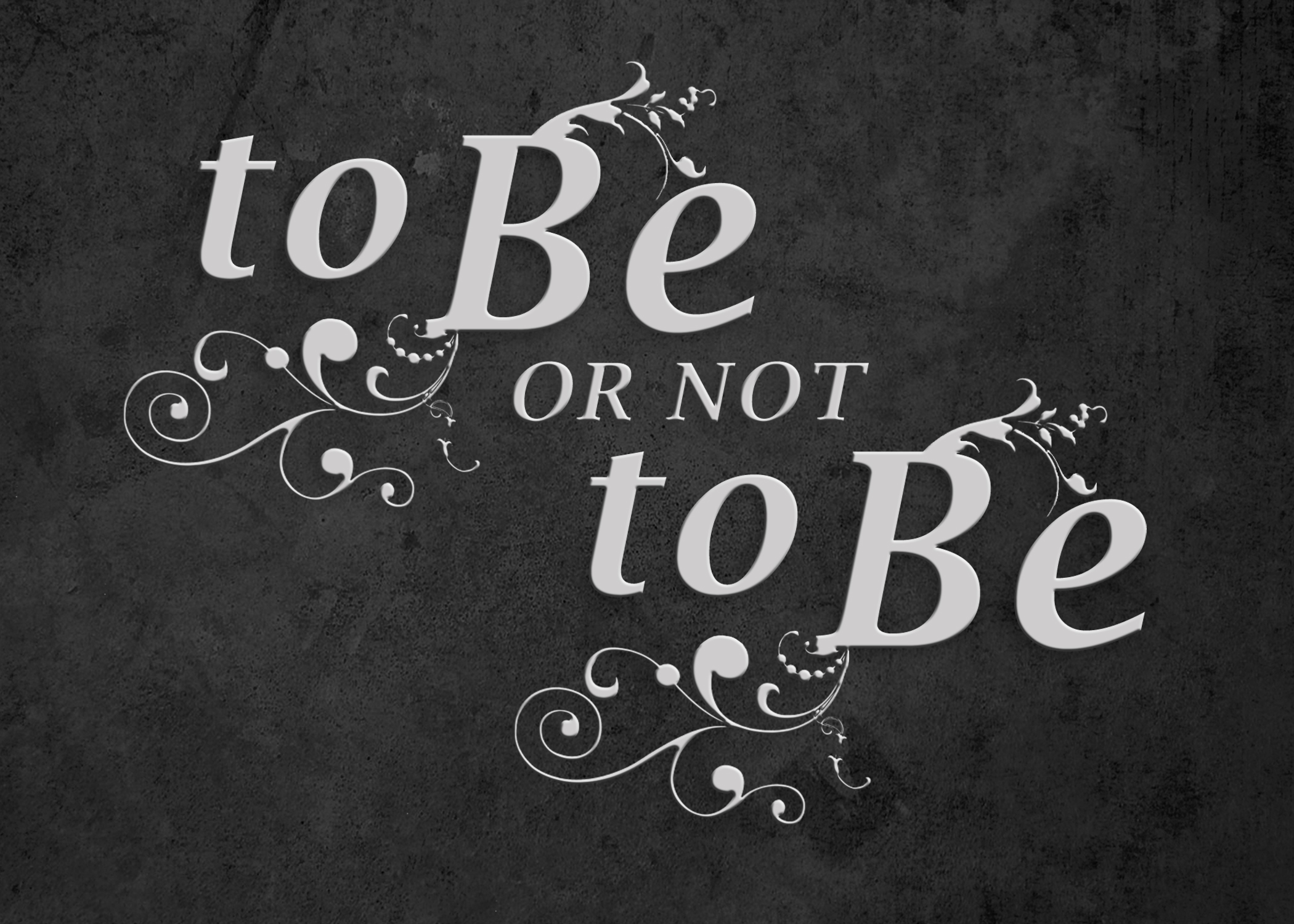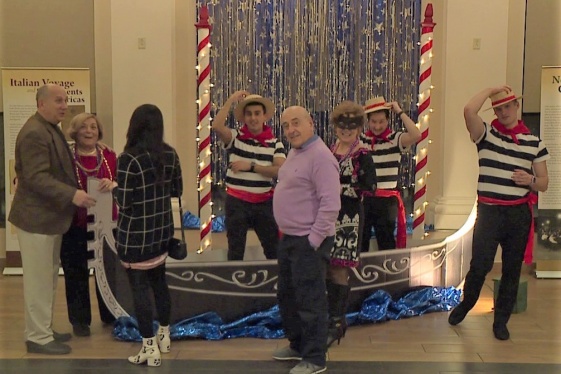

Here we are talking again about the Italian language. Today we are going to talk about grammar and one of the most confusing and probably one of the most common mistake for Italian learners: auxiliaries! Oh yeah, are you ready to start? Hopefully I’ll be able to help you out a little to better understand this topic.
First of all, for all the people out there that are not familiar with the specific terminology, an auxiliary verb is a verb that is used in forming other tenses. For example the verb “do” in English in sentences at the present simple like “do you like coffee?,” or “be” in sentences at the present continuous like “I am going home,” or even “have” in the present perfect, “She has never been to Japan.” “Do,” “be,” and “have” in these sentences don’t really have their usual meaning but they are simply used to help build the different tenses. In Italian, the two verbs that serve the most as auxiliaries are essere – to be – and avere – to have. Two main auxiliary verbs that are used to help form the same tenses. So, if in English “do” is used for simple present, “be” for the present continuous, and “have” for the present perfect for example, in Italian both essere and avere are both used to build basically all the tenses that are made up by two words, so most past tenses. When do we know when to use one and when to use the other? That’s the real problem!
It comes pretty easy to native speakers to choose one or the other, we don’t really have to think about it too much, but as a learner…well I don’t envy you! It can be very tricky. Let’s start by dividing verbs into those which can be followed by a direct object – DO – and those that can’t. How do you know? Well, usually you can take the verb you’re analyzing and ask yourself “what?” or “who?” and you’ll be able to give an answer that makes sense. For example, “eat” – mangiare – can be followed by a DO, like apple (what?), or “call” – chiamare, like my friend (who?). Okay, now all the verbs that can be followed by a DO usually use avere as an auxiliary. That means that as a past tense, mangiare will become avere mangiato.
When do we use essere? Of course with all those verbs that cannot be followed by a DO. Just as a tip, most of them are motion verbs (but not all of them! Be careful!) like “go,” “enter,” “exit,” “arrive,” “fall,” “leave” – andare, entrare, uscire, arrivare, cadere, partire – and so on. This means that “go”, for example, at the past will become essere andato not avere andato! Also the verbs that express change in condition like “change,” “grow,” “die” – cambiare, crescere, morire – cannot be followed by a DO, therefore want essere: essere cambiato. The verb essere or “to be” itself want essere as the auxiliary (!) becoming essere stato.
Verbs like “to start” (in the sense of something that is starting, like the class started), “to continue,” and “to finish” – cominciare, continuare, finire – want avere as the auxiliary, but then verbs that express notions like “happening,” “beginning” (in the sense of beginning to do something, like I started to take Italian classes), “needing,” or “pleasing” like succedere, cominciare, occorrere, piacere, use essere as the auxiliary. You are probably already hating the verb cominciare, am I right? And then there are modal verbs. Modals like dovere, potere, sapere and volere – must, can, want – want the avere auxiliary. But then if you use a verb at the infinitive tense right after like in dovere andare – must go – you need to use the essere auxiliary instead. I know, I know, this is kind of ridiculous.
We are not done yet! All reflexive verbs live lavarsi and vestirsi – wash and dress – use essere as well as with impersonal verbs, for example in mi è sembrato, “it seemed to me.” With weather verbs, well, you kind of can say both, one auxiliary just slightly means something a little difference, but if you are using them metaphorically you must use essere.
And don’t forget that, on top of that, if you are using essere as the auxiliary you also have to modify the past participle according to the person! So, if a female is making the action you would say lei è andata, if many males or males and females did the action you would say loro sono andati, and if it was only females sono andate. As you see the past participle andat- takes the -o, -a, -i, and -e according to the number and gender of the subject.
I could go into more specific examples and rules, but I think that if you actually understand those I just listed to you and actually can use them, it means two things: you are really dedicated to learning Italian and you already have a very good level. So, remember, to be or not to be? Which one will you choose?
You may be interested
-
Italian world language teacher 2015-2016
FRAMINGHAM PUBLIC SCHOOLS - JOB DESCRIPTION TITLE: World Language Teacher - Italian...
-
'Italy Stay Strong': What The Coronavirus Eme...
On the northern coast of Sicily, looking out toward the magnificent Aeolian Islands, Milaz...
-
‘Carnivale’ doubles as event to persuade YSU...
Lent begins next Wednesday but the Italian community of Youngstown celebrated their own Ma...
-
‘Il Canto degli Italiani’: What the Italian n...
The Italian football team and its fans are known for belting out rousing renditions of the...
-
‘In Other Words’ review: Jhumpa Lahiri’s love...
By Howard Norman Jhumpa Lahiri lived with her family in Rome in 2012. Though she...
-
‘Let’s Choose Three Words’: the Project dedic...
‘Let’s Choose Three Words’ is a new educational project promoted by the Ministry of Foreig...
-
‘Living in Rome’ talk accompanies Italian din...
An Italian Dinner and Talk on "Living in Rome: Duties, Distractions and Delights" will be...
-
‘Sons’ save Primavera program
A community program providing supplemental education in a foreign language to community ch...










